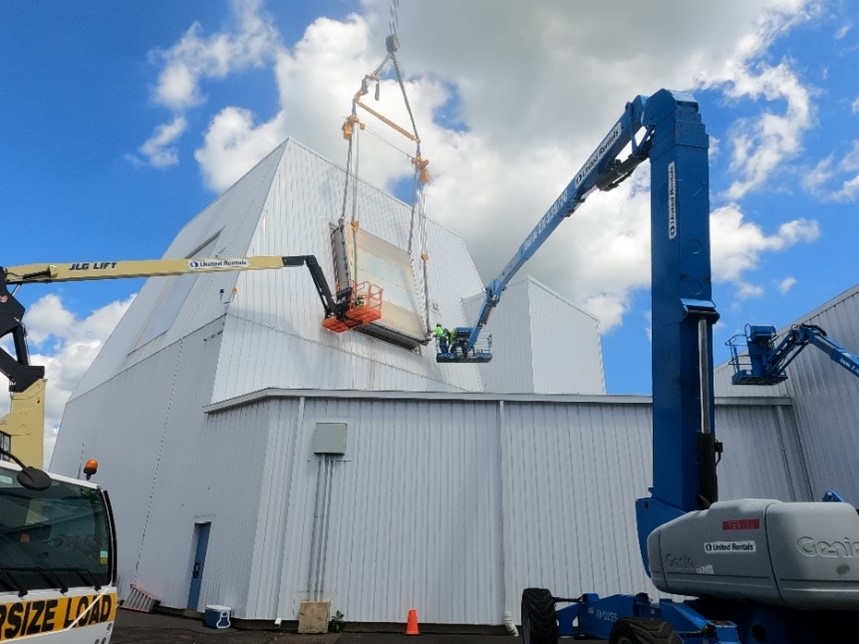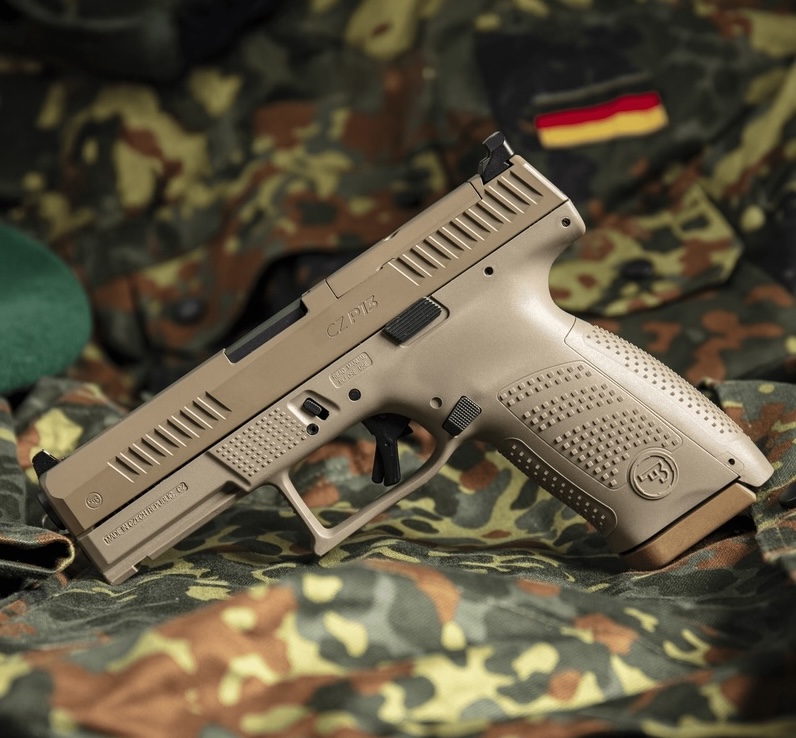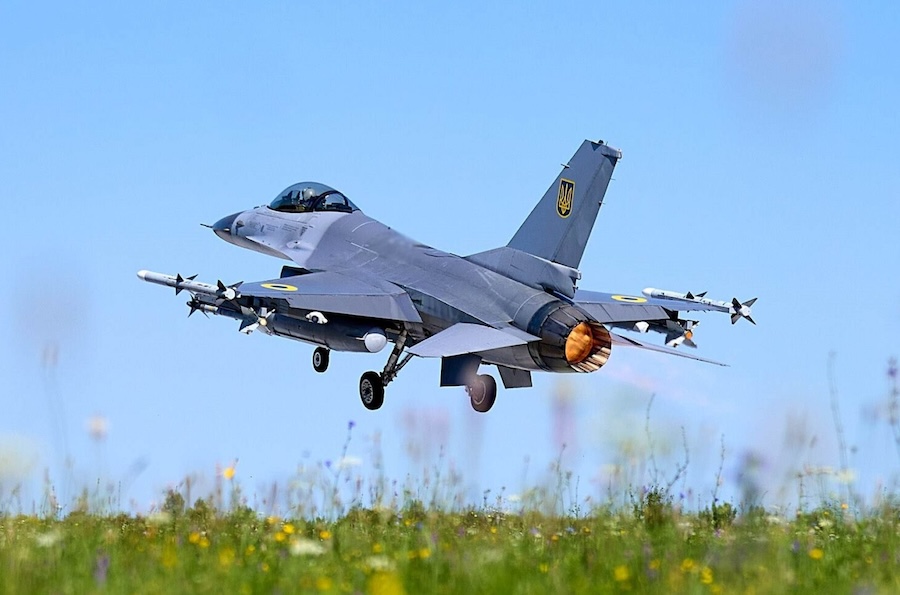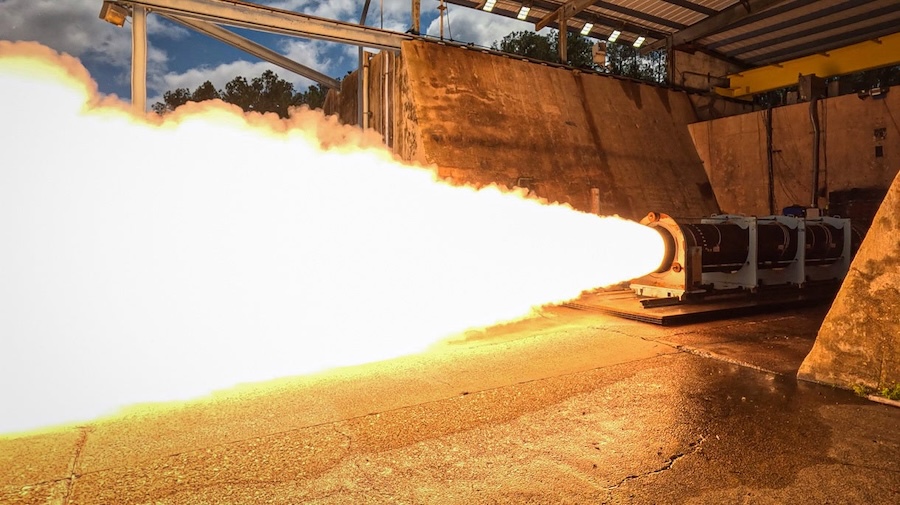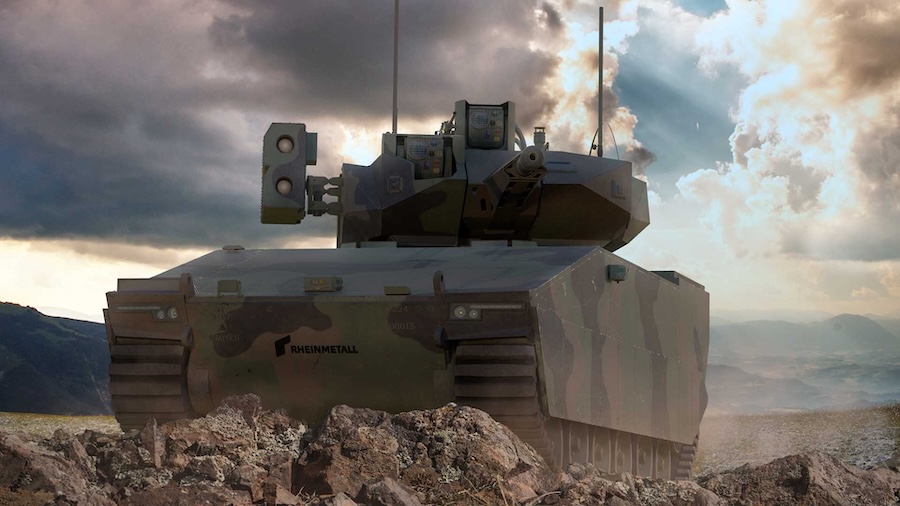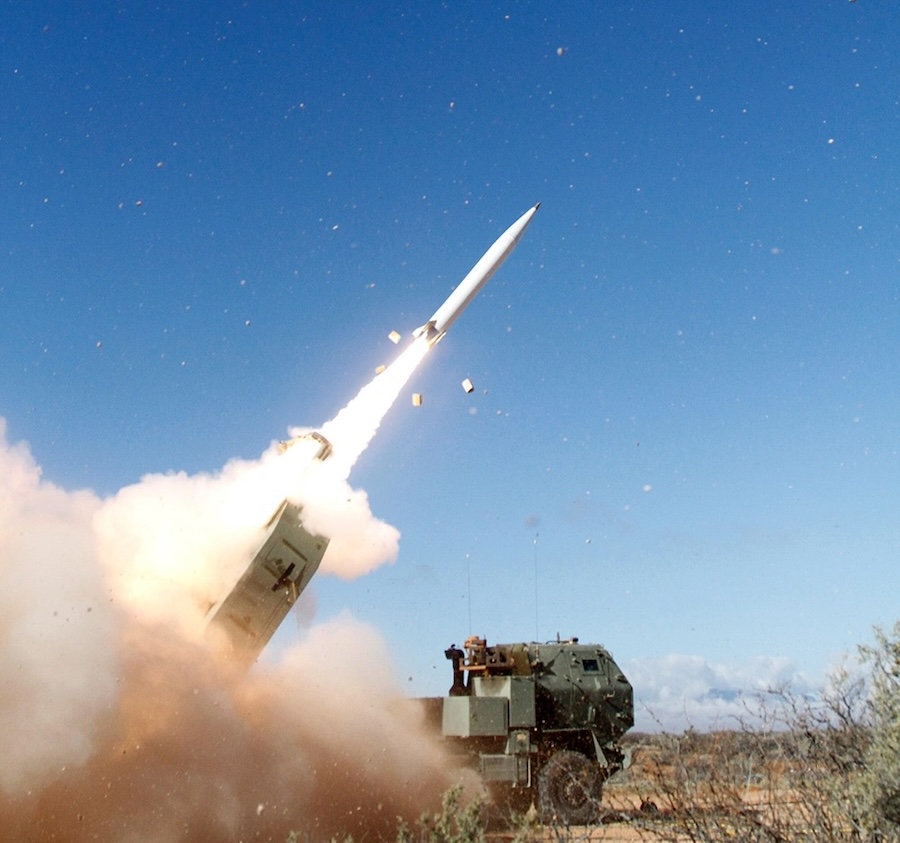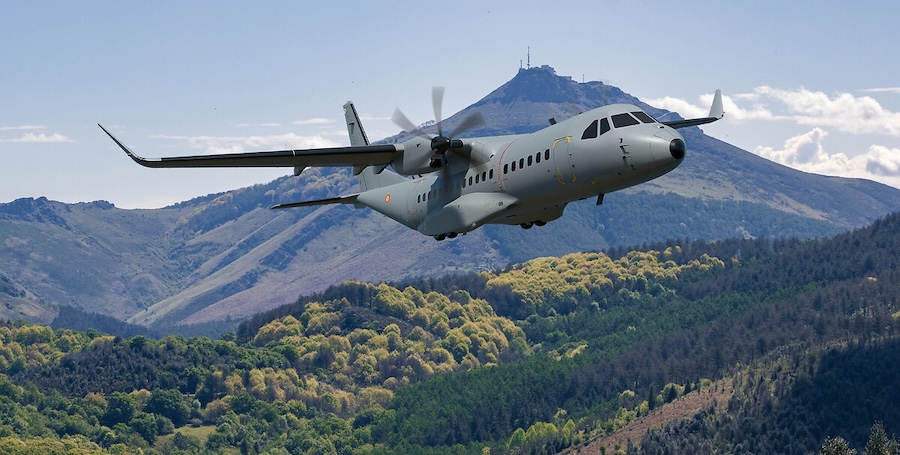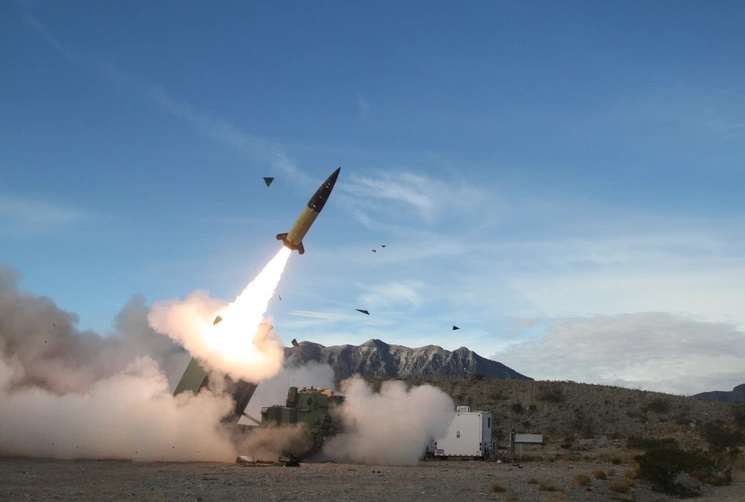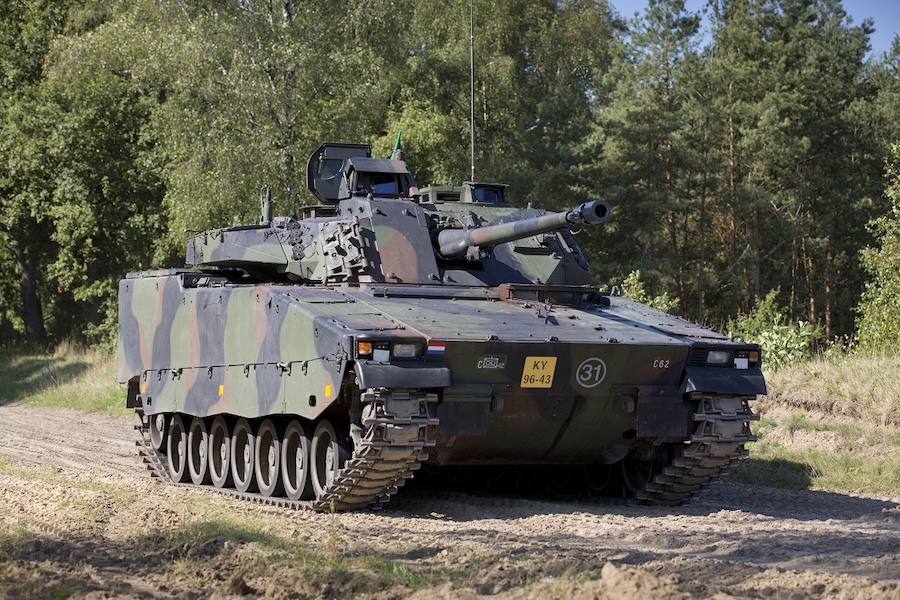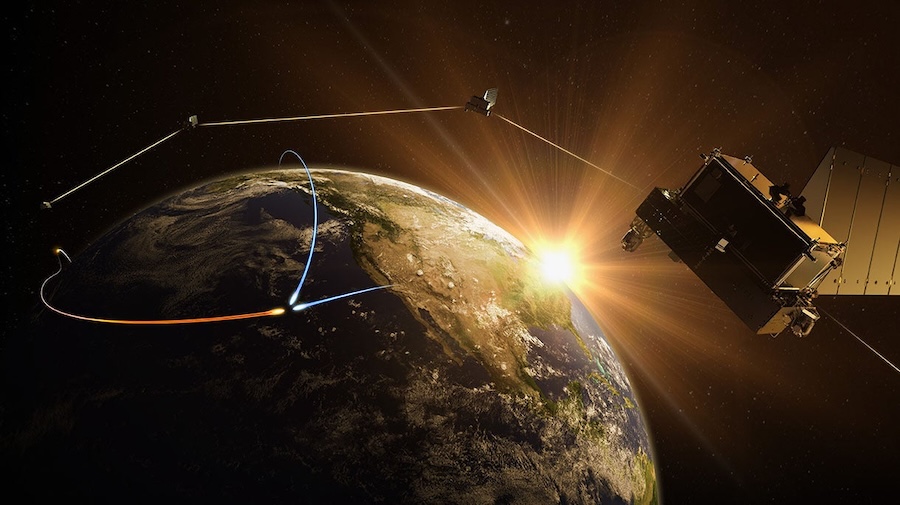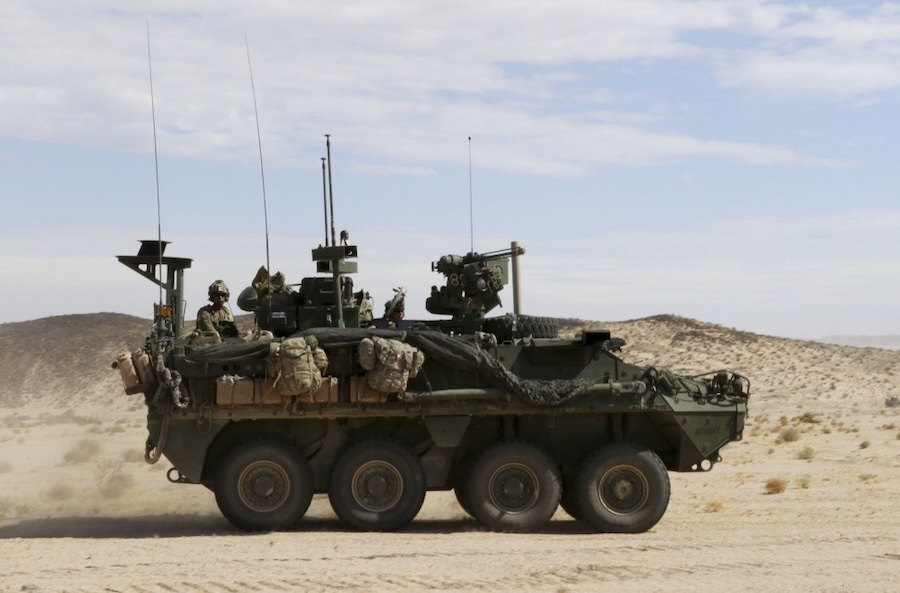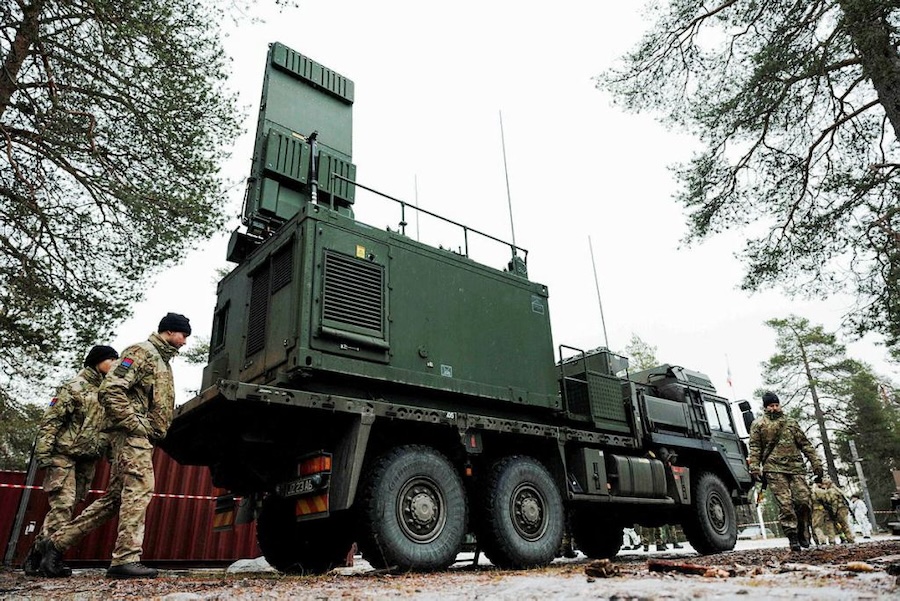“The successful on-time delivery of all antennas for the first ASEV showcases the maturity and scalability of the SPY-7 radar as well as production capacity, while also demonstrating Lockheed Martin’s dedication and expertise in system integration,” said Chandra Marshall, vice president of Multi-Domain Combat Solutions at Lockheed Martin. Japan is acquiring two ASEVs, both scheduled to be commissioned in Japan Fiscal Year 2027 and 2028.
Lockheed Martin will continue full system integration and testing of the four antennas at its Production Test Center in Moorestown, New Jersey. “We will continue full system integration and testing with all four antennas…prior to equipment delivery to Japan, which will significantly reduce integration risk and enable commissioning on schedule,” Marshall added.
The SPY-7 radar provides advanced detection and tracking capabilities, enabling the simultaneous engagement of multiple threats. This system offers enhanced naval defence in increasingly complex and dynamic threat environments.
Beyond Japan, the SPY-7 radar is being incorporated into Canada’s River-Class Destroyers, Spain’s F-110 Frigates, and land-based systems such as the Guam Defense System (TPY-6) and the Long-Range Discrimination Radar. In December 2024, the SPY-7’s land-based version successfully intercepted a mid-range ballistic missile during Flight Experiment Mission-02, reinforcing the radar’s effectiveness across domains.
Source: Lockheed Martin (press release).




